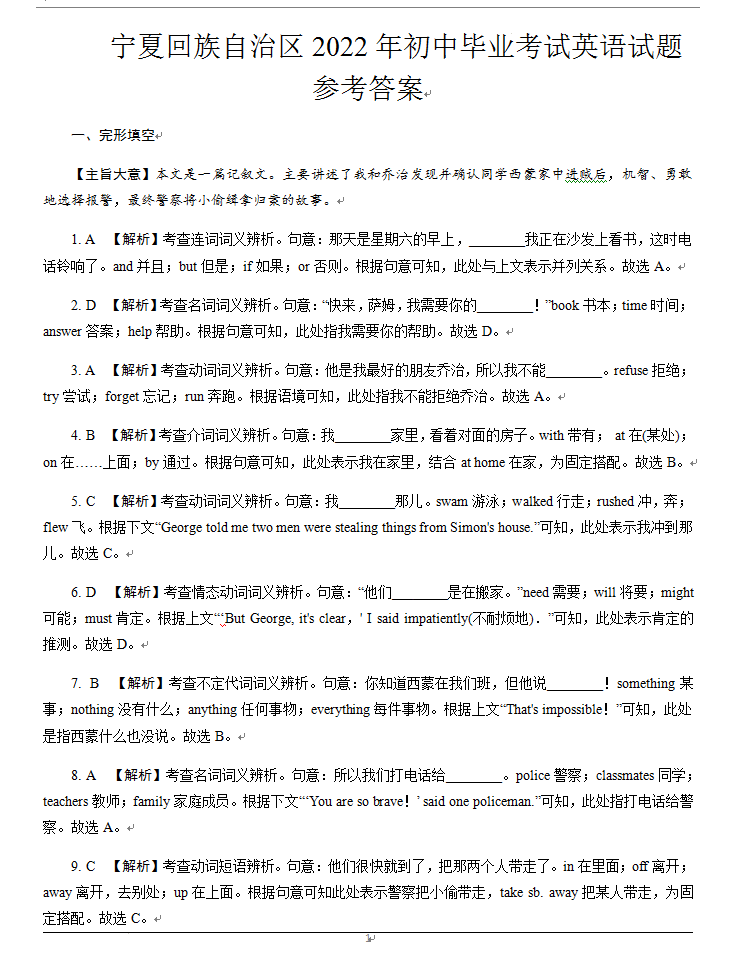表示以后时态的结构不少。主要有以下几类:
1、be going to do表示计划, 计划做某事,比如:Im going to visit my grandparents next Friday evening.也可以表示依据当前情况非常可能要发生的事。比如:Its cloudy. Its going to rain.
2、一般目前时,可以用来表示一个按规定,计划,安排或时刻表要发生的状况,一般都有一个表示将来时间的状语。比如:My cousin finishes school next year.
3、目前进行时可以表示一个在近期按计划或安排要进行的动作。比如:Are you going to the wetlands photo show next week? 4、一般以后时,will/ shall do..,在第一人称I/ We的句子中,可以用shall引导;各种人称都可以用will表示一般以后时。
注意:1、时间,条件状语从句中,从句一般用一般目前时表示以后,而主句要用一般以后时。比如:I will go shopping when I am free. 2、临时决定要做某事一般用一般以后时。比如:--Tom is ill in hospital. -Oh, Im sorry to hear that. I will go and see him. 3、以后时态容易见到的时间状语有:容易见到的时间状语:next Tuesday, next week, the coming Sunday, this afternoon, tomorrow, tonight等。
一般以后时例题:
1. --Ann is in hospital.
--Yes, I know. I________ her tomorrow.
A. visit B. used to visit C. will visit D. am going to visit
简析:D。从Yes, I know.可知他们事先已了解Ann生病的消息,已有了去看望她的计划和计划。be going to do表示计划计划做某事。
2. Mr. Smith__________ a talk on country music next Monday.
A. give B. gave C. has given D. will give
简析:D。next Monday为一般以后时的时间状语。
3. -Youve left the light on.
--Oh, sorry._______and turn it off.
A. Ive gone B. I11 go C. I went D. Im going
简析:B。经人提醒才了解,应为临时决定要去做某事,用一般以后时。
4. --Joan, you are late! --Sorry, I ______ next time.
A. dont B. wont C. am not D. havent
简析:B。next time是以后的时间状语。表示将来不会再迟到了,所以应用一般以后时。


